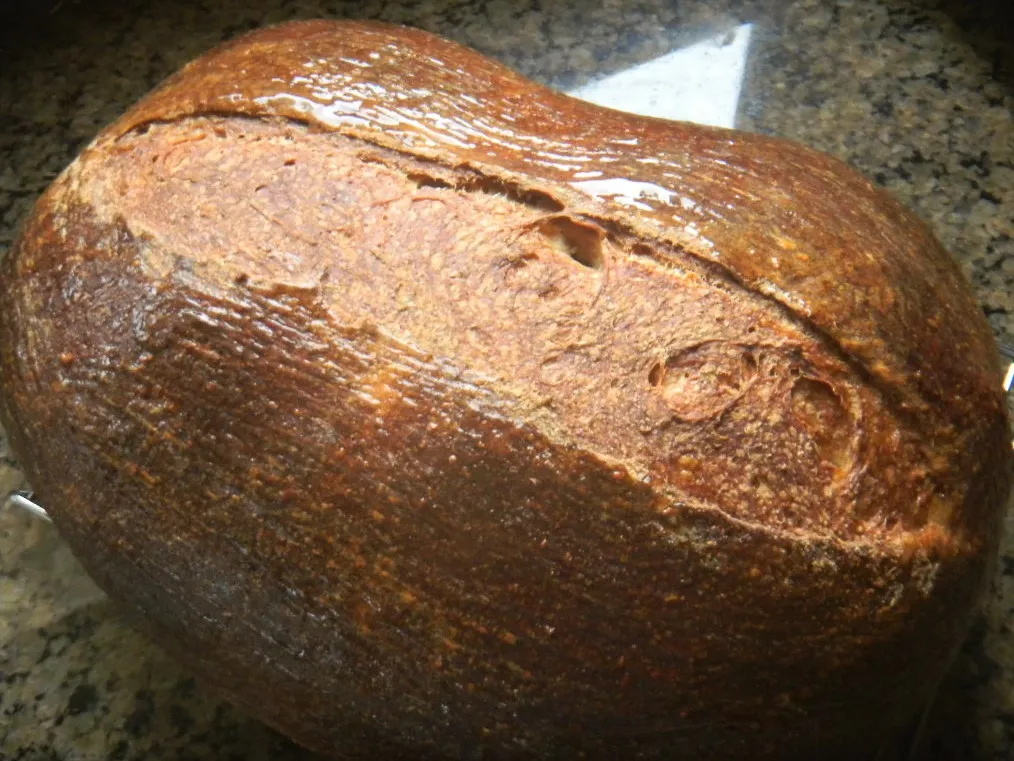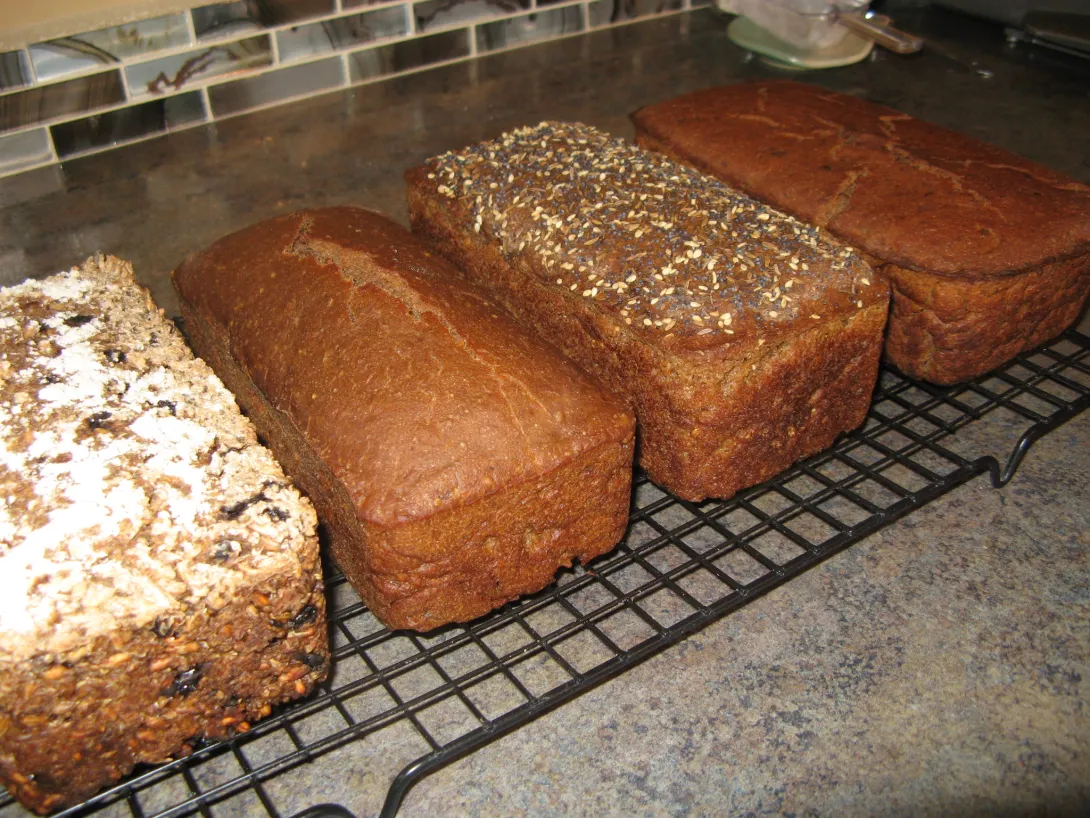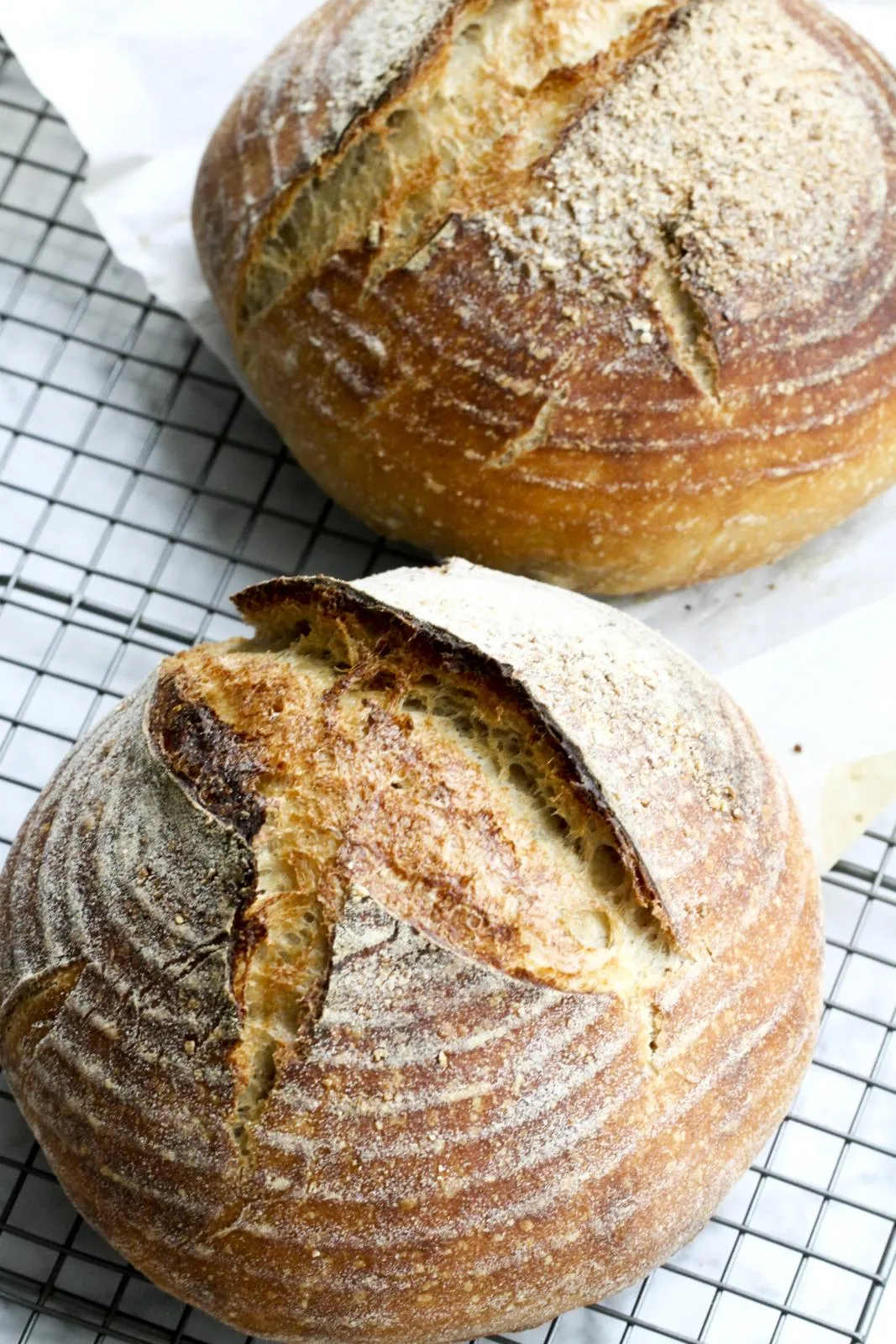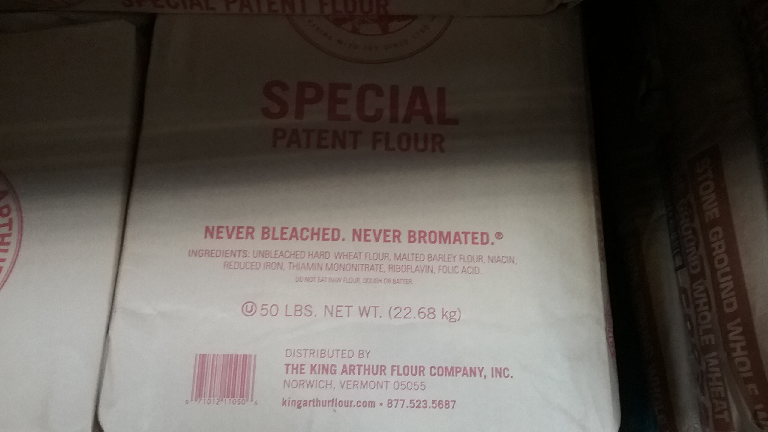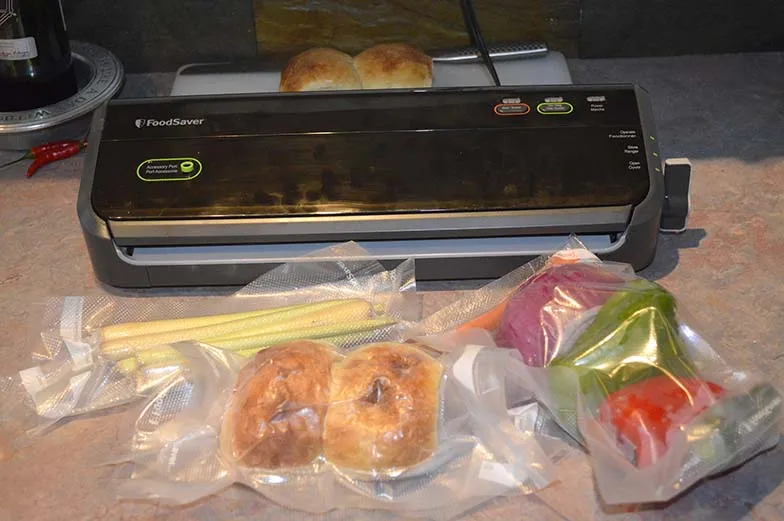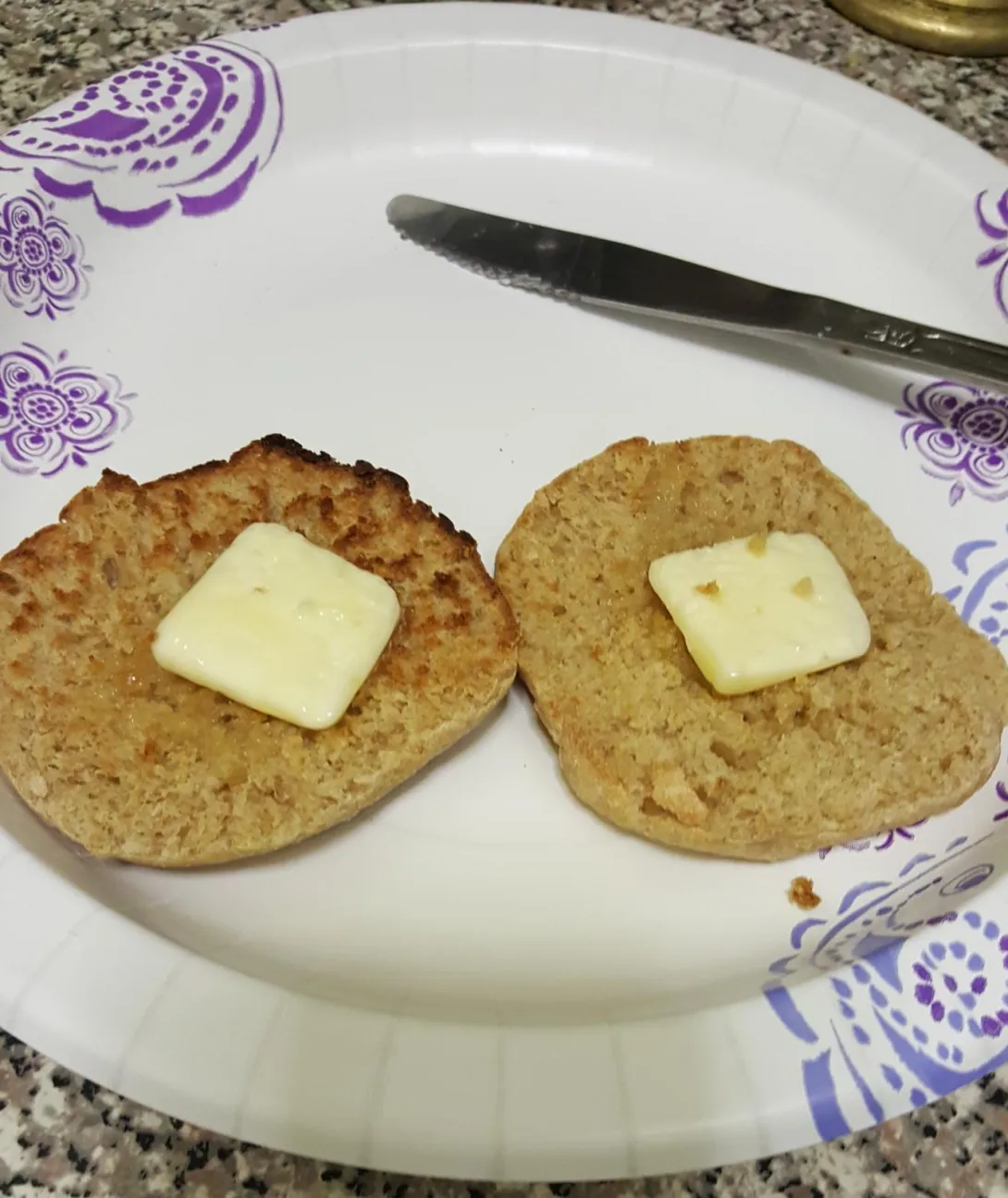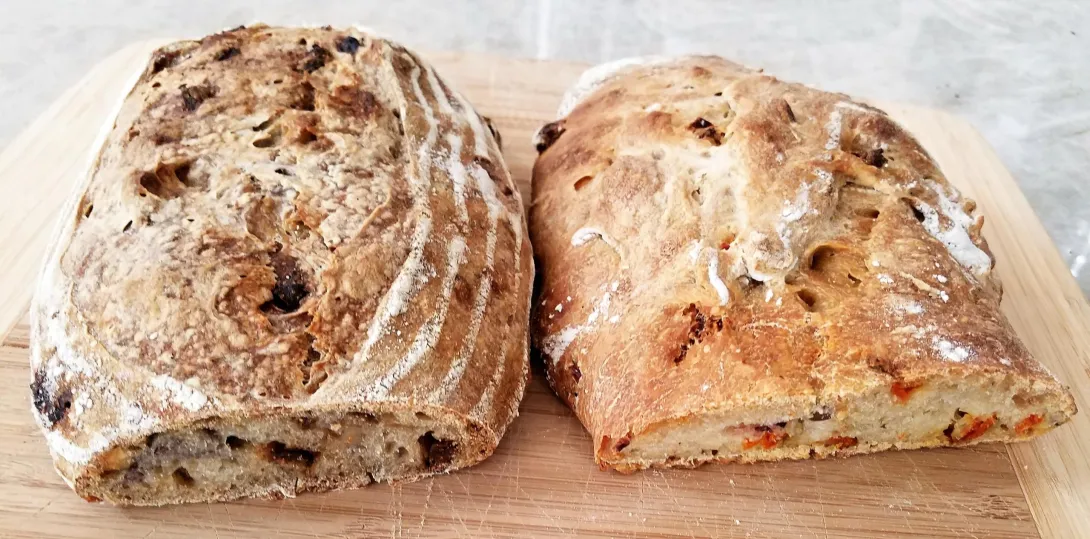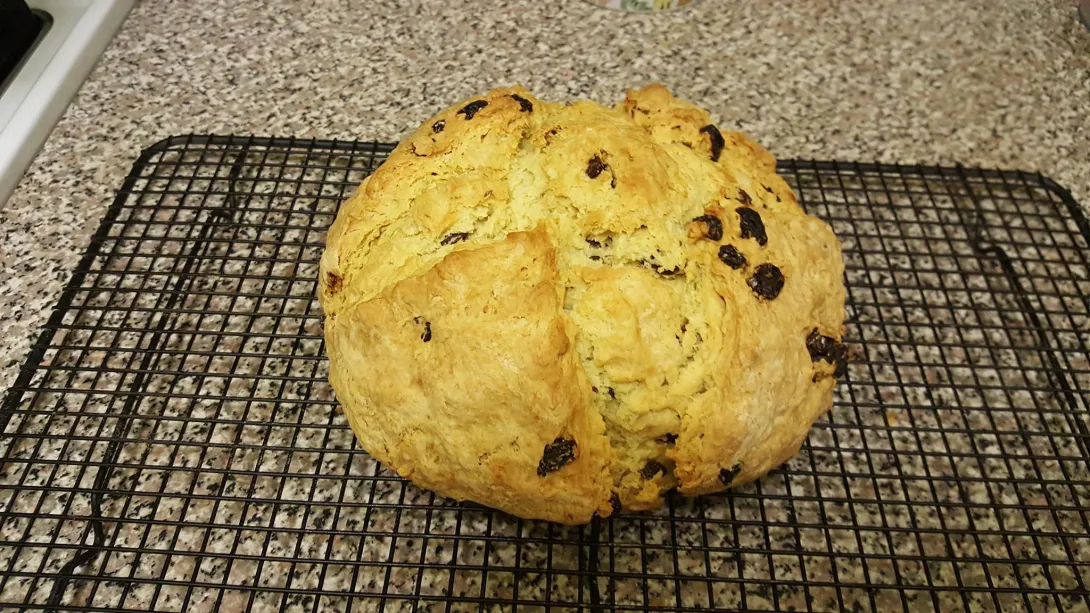100% Whole wheat sourdough Hamburger buns
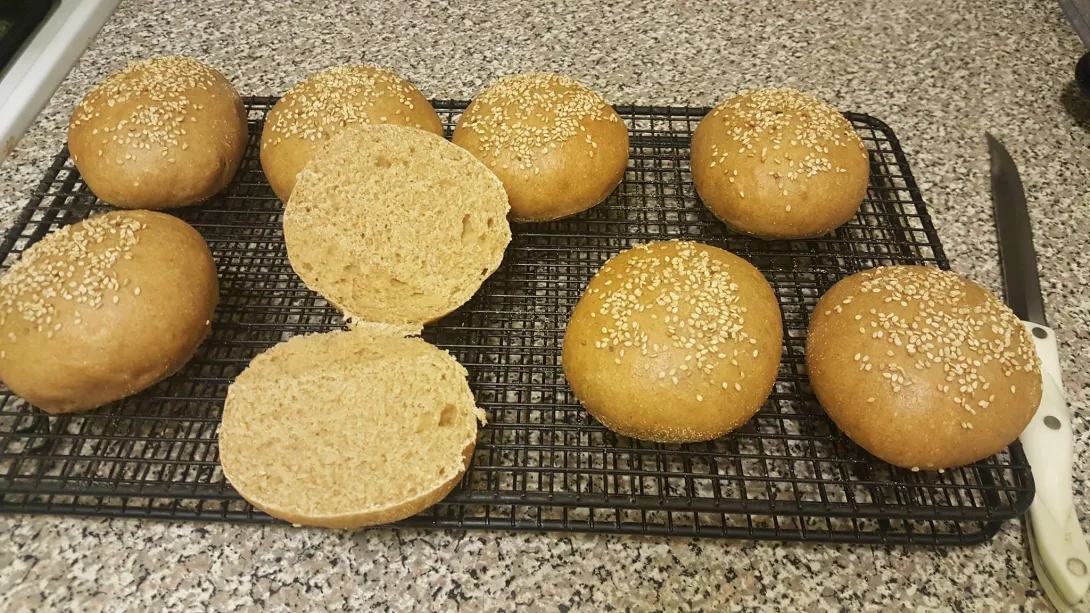
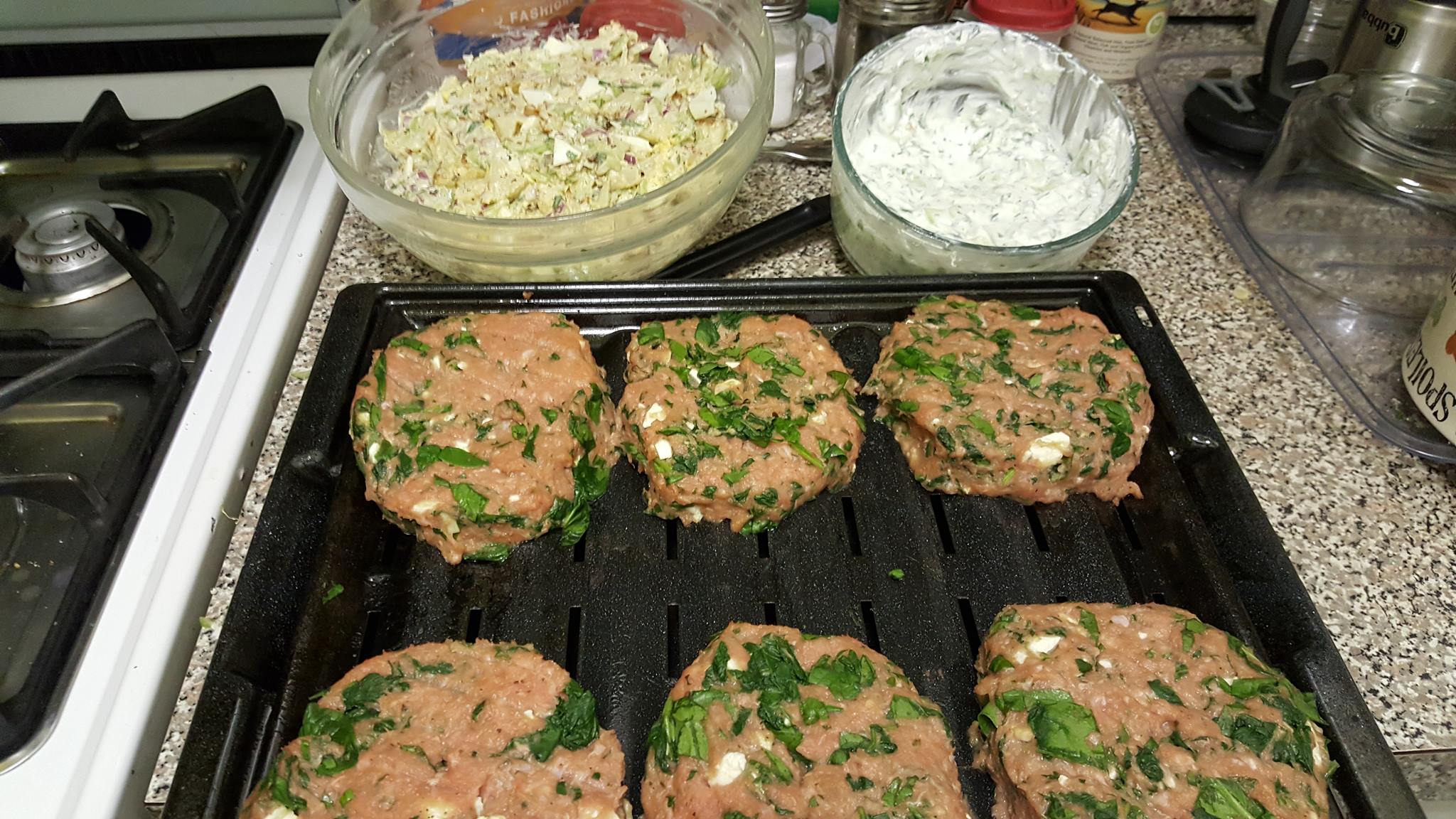 Total Flour – 100% - 560G
Total Flour – 100% - 560G
Total Liquid - 64% - 360G
Mother:
100% Hydration Whole Wheat starter. 480G
(Flour Red W.W. – 240G, /Water 240G)
Finale Dough:
Flour White W.W. – 320G
Whole Milk – 120G
Butter – 60G
Honey – 40G
1 egg – 54 G
Salt – 8 G
Procedure:
- Log in or register to post comments
- View post
- The Roadside Pie King's Blog
